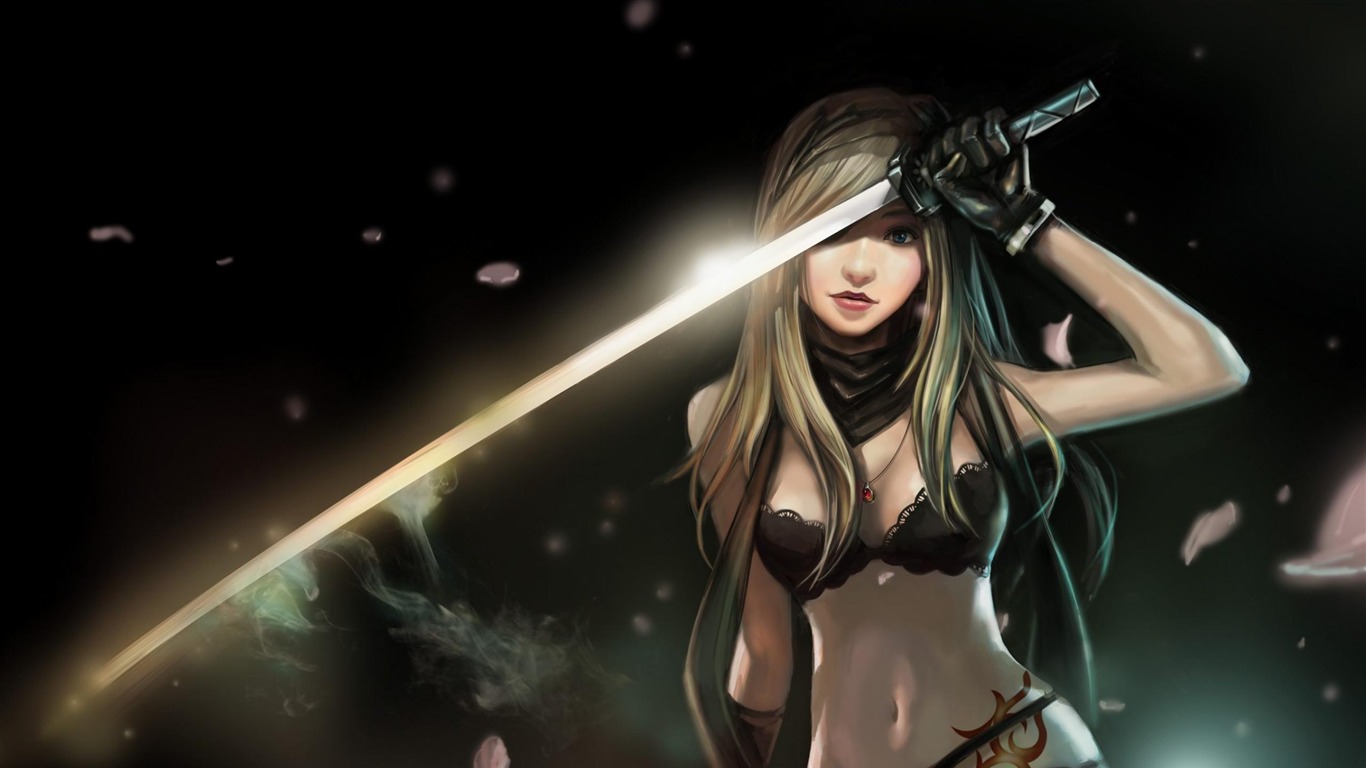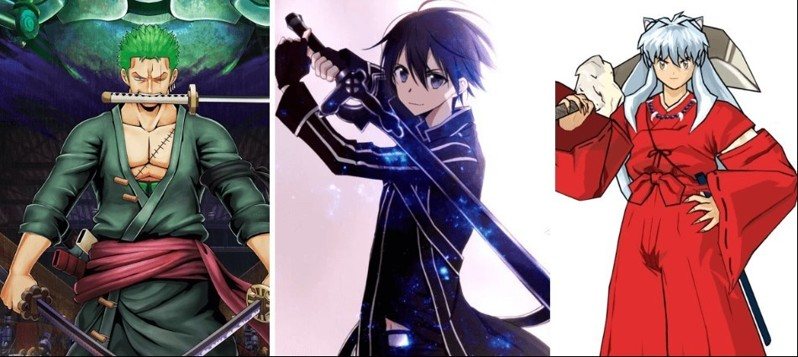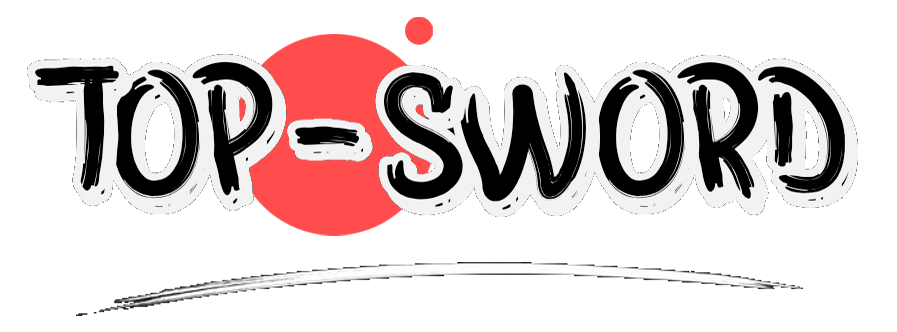Chapter 1: The Anime Katana Timeline
From Tezuka’s early works to Demon Slayer, Japanese anime has weaponized katanas as narrative engines:
1960s-80s: Symbolic trope (e.g., Goemon’s steel-cutting blade in Lupin III).
1990s: Realism vs. fantasy—Rurouni Kenshin’s reverse-blade sword (atonement) vs. Inuyasha’s demonic Tessaiga.
2000s+: Globalized innovation—Breath-powered Nichirin blades (Demon Slayer), sword personification (Touken Ranbu).
Key Roles:
Character psychology (Zoro’s three-sword style in One Piece = ambition).
Power systems (Bleach’s Zanpakuto releases).
Chapter 2: Cosplay’s Katana Obsession
Prop Tech: From wooden bokken to LED-embedded resin katanas.
Judging Criteria:
30% score for historical accuracy (hamon patterns, sageo tying).
Viral backlash against “reverse-grip mistakes”.
Gender Dynamics: Female fans cosplay Touken Ranbu’s “sword boys” to blend elegance with lethality.
Case Study:
Cosplayer “Ye Yi” won 2023 WCS with a Nichirin sword replica featuring UV-reactive “mist patterns”.
Chapter 3: The Otaku Katana Economy
Merchandise: Touken Ranbu limited editions sell out in minutes.
Experiences: Akihabara’s VR dojos simulate Sekiro combat.
Hollywood Boost: Kill Bill’s Hattori Hanzo katana spiked real sword exports.
Data: Japan’s anime sword merch market hit ¥80 billion (2023), 30% from overseas.
Epilogue: The Blade’s Digital Future
When Genshin Impact players pull for “Mistsplitter Reforged”, they’re not just gaming—they’re inheriting the samurai’s digital soul.
Optimization
Title: Katana in Anime & Cosplay: How Japanese Swords Dominated Otaku Culture
Meta Description: *Explore the evolution of katanas in anime (Demon Slayer, Rurouni Kenshin) and cosplay props. Discover sword economics, iconic scenes, and DIY tips. 3000-word deep dive!*
The Katana in Anime_Cosplay_A Blades Digital Revolution
